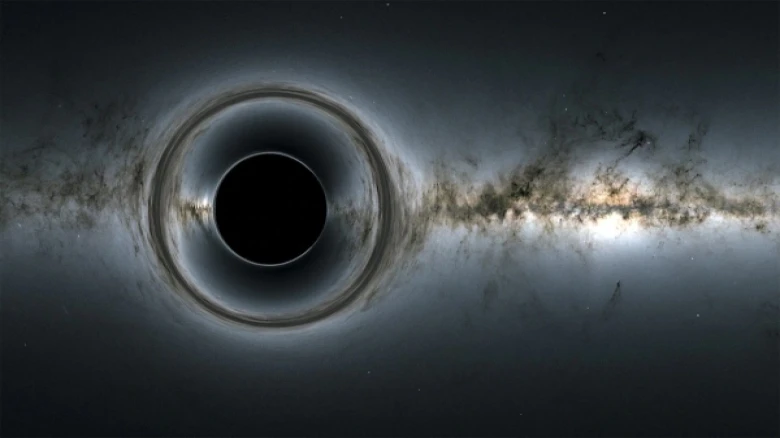The unusual 'wobble' in the movement of the stars in the sky showed that they were orbiting a large object...
Digital Desk: Astronomers using the Gaia spacecraft from the European Space Agency have made a remarkable discovery - two black holes closer to Earth than any previously known. These newly found black holes, named Gaia BH1 and Gaia BH2, are located 1,560 and 3,800 light-years away from us, respectively, in the constellations Ophiuchus and Centaurus. They are considered to be in our cosmic backyard, the ESA said in a statement.
The team used the Gaia spacecraft to study the movements of companion stars to the black holes. The stars were observed to be moving in a strange "wobble," indicating the presence of a massive object that they were orbiting. Gaia, which is capable of accurately measuring the positions and motions of billions of stars, was essential for this discovery.
The black holes are approximately 10 times more gigantic than the Sun and were ruled out as double-star systems since they do not seem to emit any light. Until now, all black holes discovered have been detected by the emission of light, usually at X-ray and radio wavelengths, produced by material falling in. These new black holes are truly black and can only be detected by their gravitational effects.
The stars' distance from the black hole and their orbits around them are much longer than other known binary systems of black holes and stars. Those closer star-black hole pairs, known as X-ray binaries, tend to be very bright in X-ray and radio light, making them easier to find. The discoveries suggest that black holes in wider binaries are more common.
Kareem El-Badry, the discoverer of the new black holes and a researcher at the Harvard-Smithsonian Center for Astrophysics in the US and the Max-Planck Institute for Astronomy in Heidelberg, Germany, explained that the new group of black holes differs from those already known because of their wide separation from their companion stars. These black holes likely have a completely different formation history than X-ray binaries.
However, The discovery of these two black holes is a significant breakthrough in the field of astronomy and could lead to further discoveries about the nature and formation of black holes.








Leave A Comment